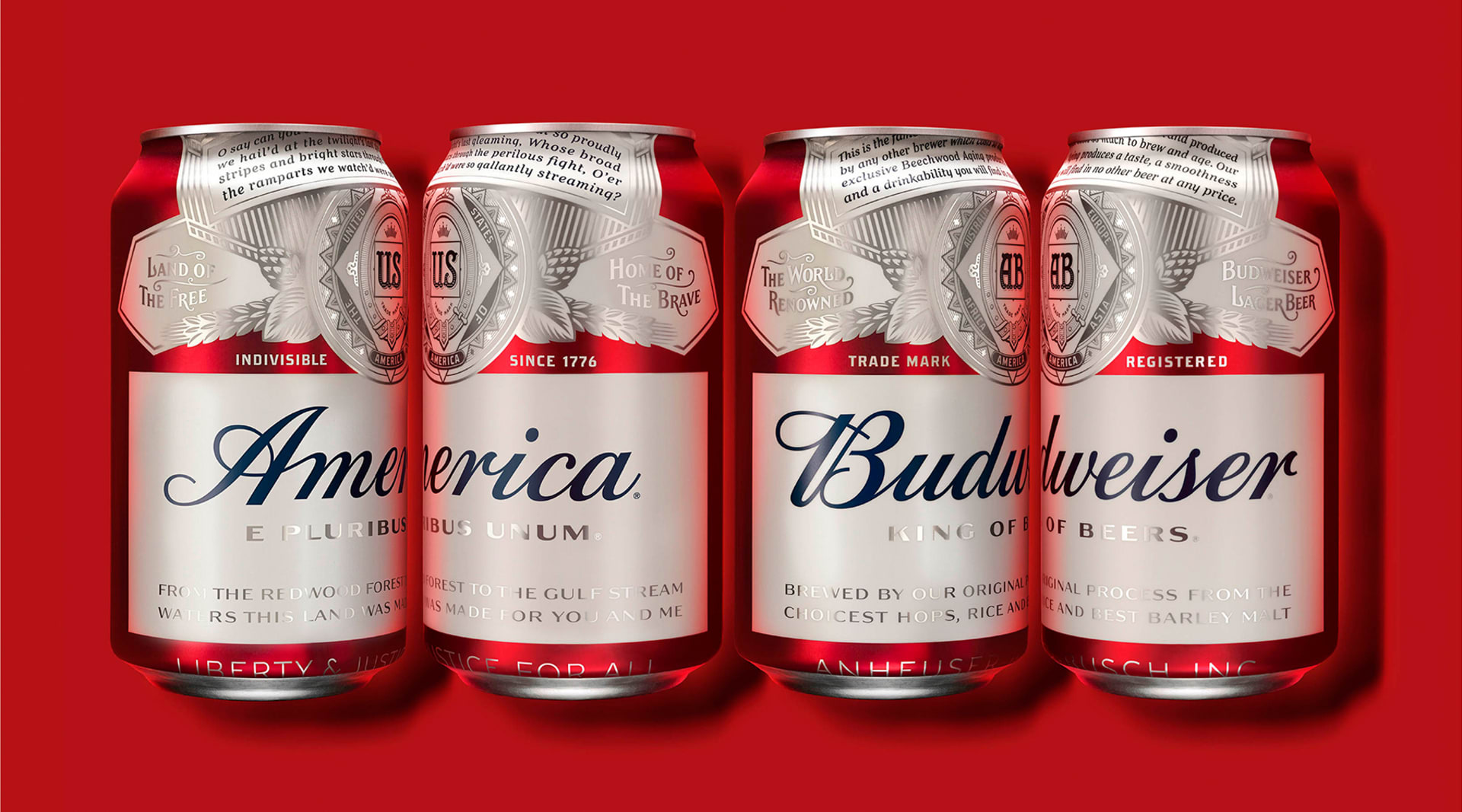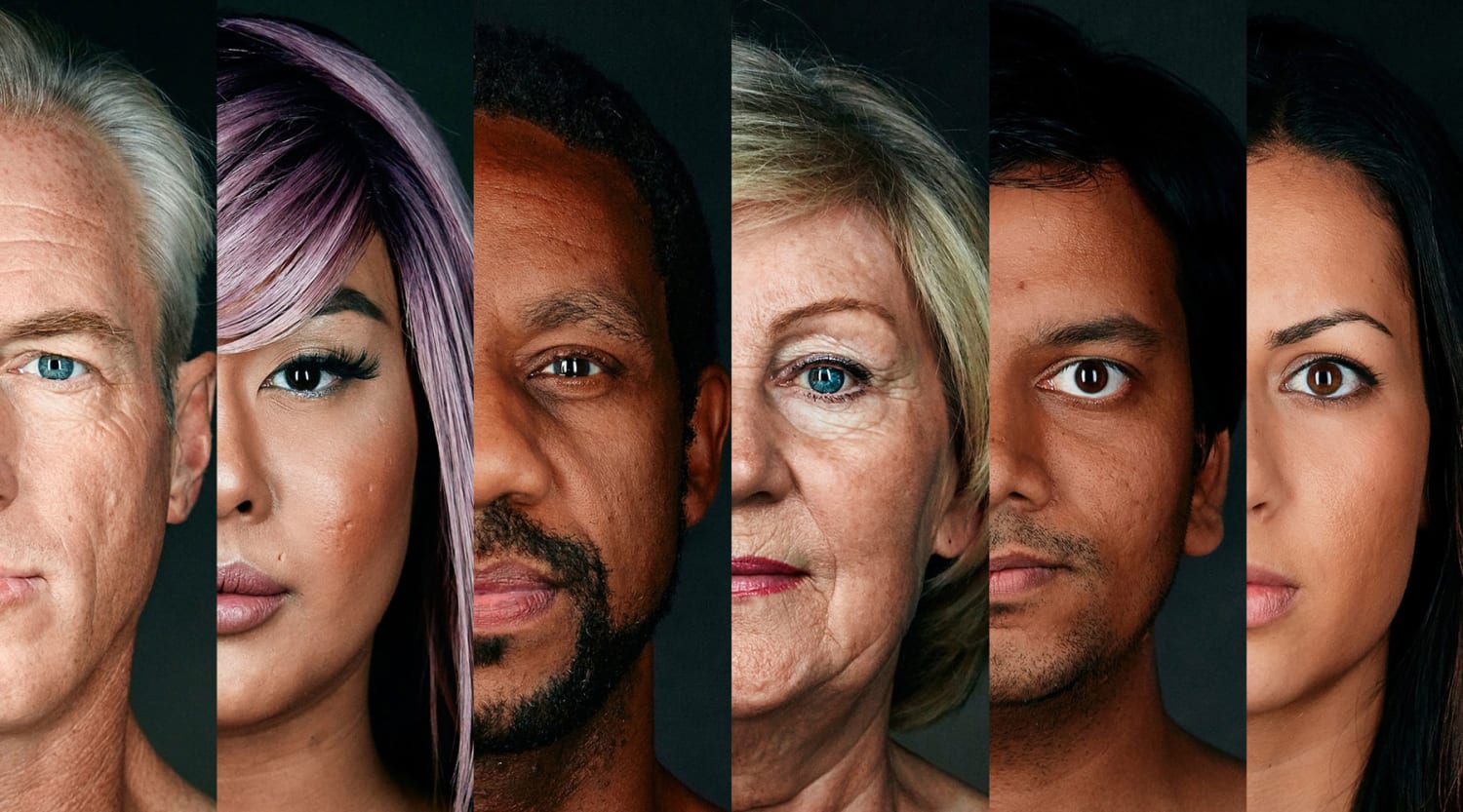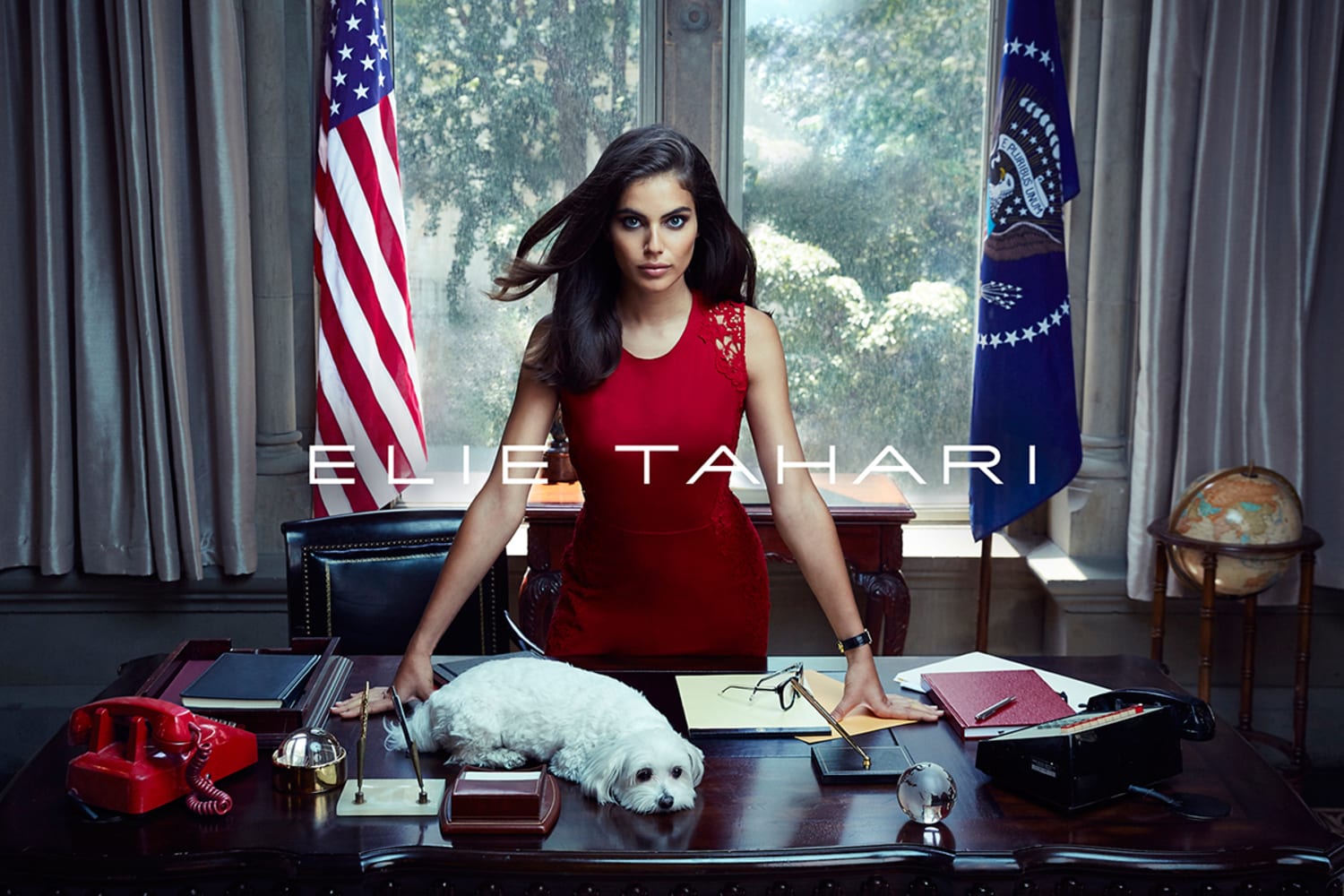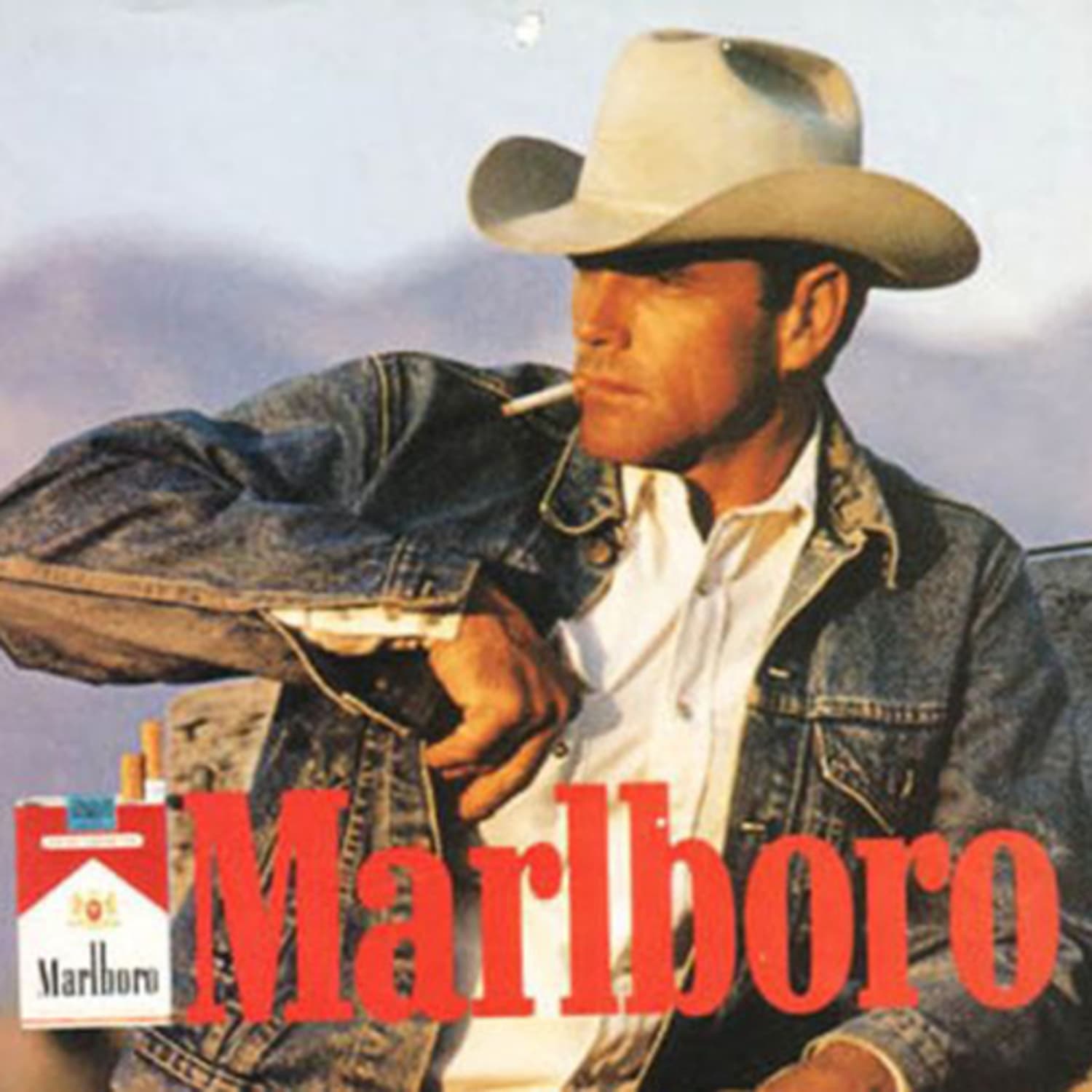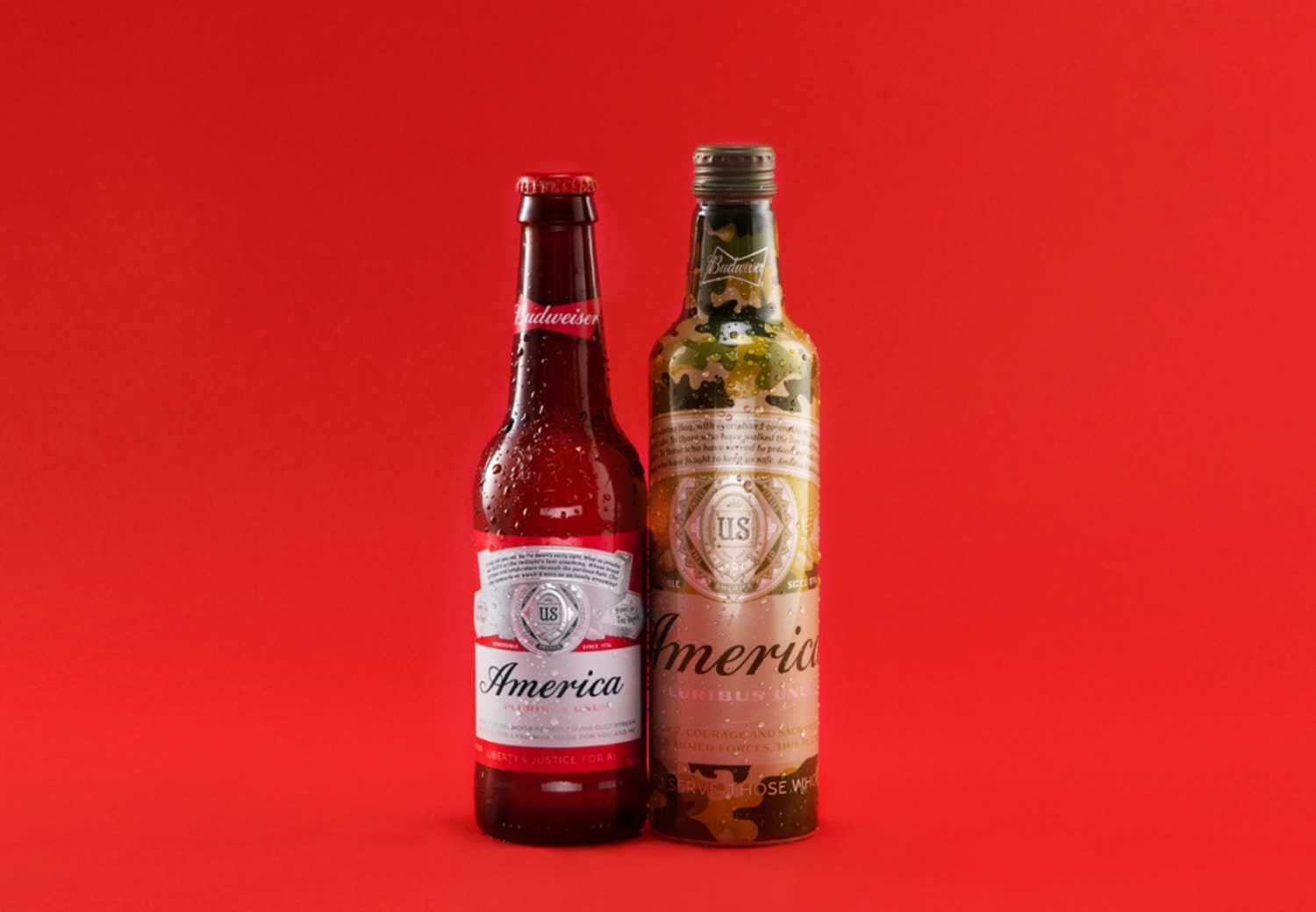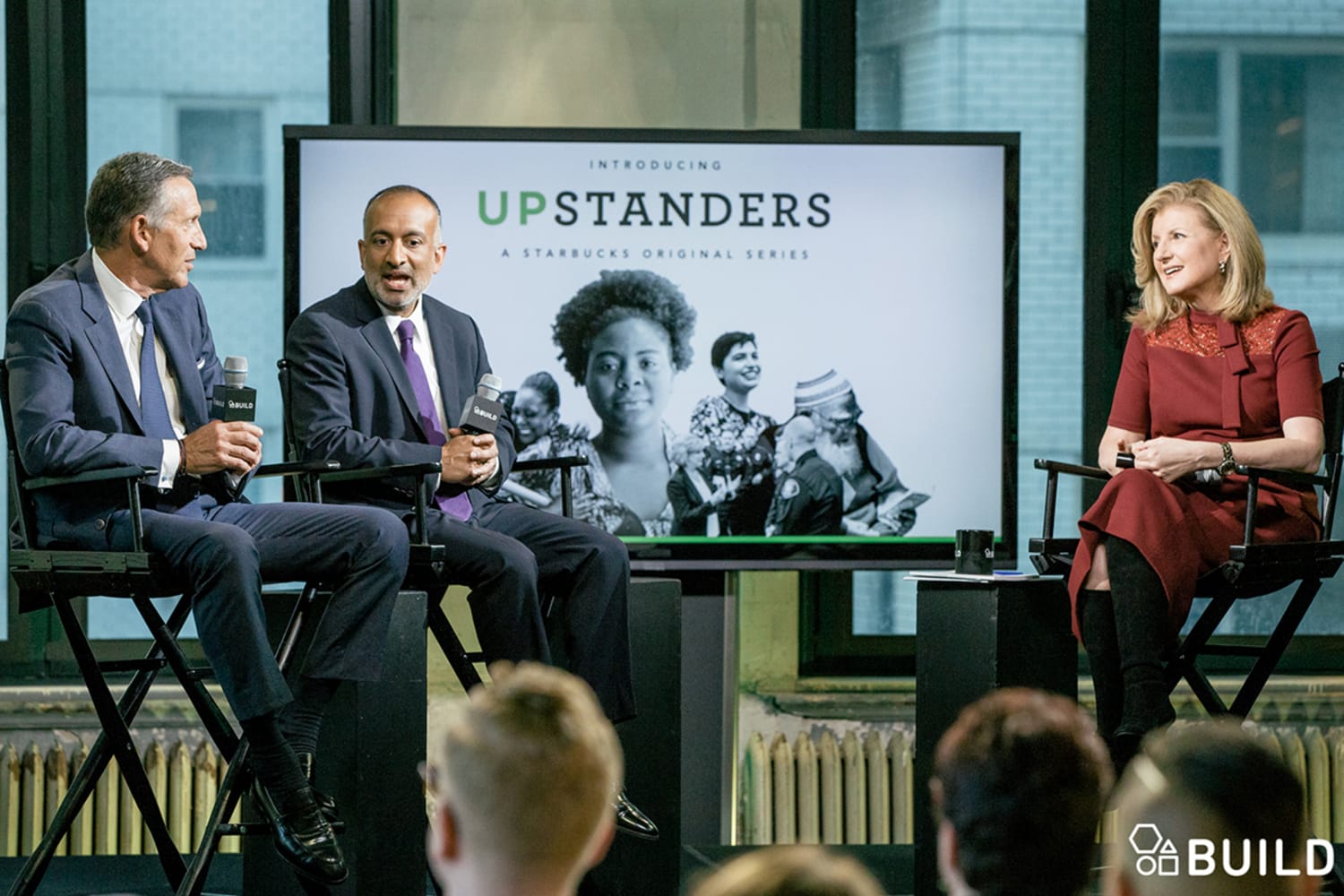Timeline: American brands and the rest of the world
For decades, America has been known to export brands and culture to the rest of the world. Is America’s influence as a trendsetter waning? Below, we look at the highlights through history.
1942
During World War II, William Wrigley convinced the US Army to include chewing gum in the rations of every soldier, and the habit then spread around the world.
1955
The Marlboro Man made his first appearance in an advert and, within a year, sales leapt 3,000%. In 1999, Advertising Age described the character as “the most powerful—and, in some quarters, most hated—brand image of the century. The Marlboro Man stands worldwide as the ultimate American cowboy and masculine trademark, helping establish Marlboro as the best-selling cigarette in the world.”
1969
Easy Rider was released, winning an award at the 1969 Cannes Film Festival. The iconic Harley-Davidson motorbike from the film, nicknamed “Captain America,” was sold at auction in 2014 for $1.35 million.
1971
Coca-Cola aired its “Hilltop” advert, featuring the song “I’d Like to Buy the World a Coke.” The song was written by Bill Backer, who was inspired during a night spent stranded at an Irish airport, when he saw fellow passengers sharing a bottle of Coca-Cola. “In that moment I saw a bottle of Coke in a whole new light… a tiny bit of commonality between all peoples, a universally liked formula that would help to keep them company for a few minutes,” he said.
1981
MTV launched in the United States. Over the next seven years, it went on to launch in Australia and Japan, as well as across Europe and South America. “Music is the global language,” explained Sara Levinson, then executive vice president of new business development. “We want to be the global rock ‘n’ roll village where we can talk to the youth worldwide.”
1983
The first Disney park outside of the United States, Tokyo Disneyland, opened. It was followed by Disneyland Paris in 1992, Hong Kong Disneyland in 2005, and Shanghai Disneyland in 2016.
1984
Pravda, the official newspaper of the Soviet Communist Party, published an article complaining about people wearing Western jeans and US flags on their clothing. A reader responded, “When you can make jeans better than Levi’s, that will be the time to start talking about national pride.”
1998
To appeal to younger consumers, Gap released its first global “Khakis Swing” advertising campaign. The retro swing soundtrack and bullet time visual effect, later made famous in the film The Matrix, made the campaign an instant success.
2001
Eric Schlosser wrote in his book Fast Food Nation that “McDonald’s Golden Arches are now more widely recognized than the Christian cross.”
2016
The Organization for Economic Cooperation and Development reported that Nike is the most counterfeited brand in the world.
Timeline: American brands and the political climate
Brands continue to be caught in the crossfire of American politics—for better or for worse. Is any brand immune from unwittingly entering the political arena? Below, we round up the highlights.
July 1, 2015:
Macy’s ends its 11-year partnership with Donald Trump’s menswear line, saying it stood for “diversity and inclusion” and was “disappointed and distressed by recent remarks about immigrants from Mexico.” The same day, Trump released a statement claiming he terminated the relationship, saying he had “never been happy about the fact that the ties and shirts are made in China.”
August 22, 2015
Donald Trump tells a rally in Alabama that he will never eat Oreo cookies again because parent company Nabisco is closing a plant in Chicago and moving it to Mexico.
October 11, 2016
Marketing consultant and activist Shannon Coulter launches GrabYourWallet, a campaign to boycott stores carrying Ivanka Trump’s clothing and accessories line.
November 9, 2016
New Balance VP of public affairs Matt LeBretton is quoted on Twitter expressing support for President-elect Donald Trump’s trade policies. The next day, social media users protest by burning the company’s sneakers.
November 27, 2016
Sleeping Giants, a social media activism organization, begins contacting brands that were advertising on right-wing news sites such as Breitbart.
January 19, 2017
President-elect Donald Trump meets with the heads of 18 US tech companies, including Apple, Amazon and Microsoft.
July 16, 2017
President Trump hosts “Made in America” week at the White House, featuring American-made brands from all 50 states.
January 28, 2017
#DeleteUber trends on Twitter following accusations that Uber tried to profit from a protest at JFK International Airport against President Trump’s executive order banning refugees and immigrants from certain countries from entering the country. Airbnb responds to the executive order by offering “free housing to refugees and anyone not allowed in the US.”
January 29, 2017
Starbucks CEO Howard Schultz vows to hire 10,000 refugees globally in reaction to President Trump’s executive order.
June 1, 2017
Elon Musk resigns from President Trump’s Strategic and Policy Forum following the president’s withdrawal from the Paris climate accord.
August 14, 2017
Merck CEO Ken Frazier steps down from President Trump’s American Manufacturing Council, saying “America’s leaders must honor our fundamental values by clearly rejecting expressions of hatred, bigotry and group supremacy.”
August 16, 2017
Following further resignations, President Trump announces that he is dissolving both the American Manufacturing Council and the Strategic and Policy Forum.
